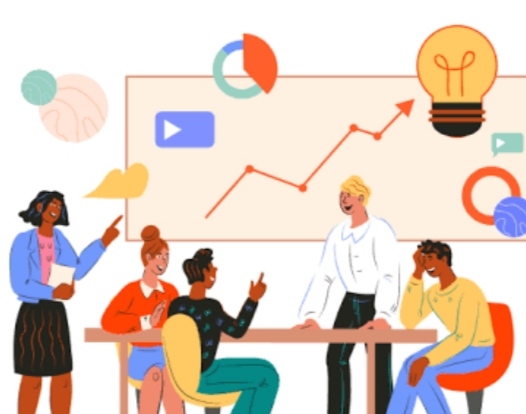Incorporating graphics into teaching can significantly enhance the learning experience. Visual learning taps into our innate ability to process images more quickly and effectively than text alone. When educators use graphics such as diagrams, charts, and infographics, they create opportunities to explain complex concepts visually, aiding comprehension and retention.
Visuals engage students with diverse learning styles, catering to both visual and spatial learners. They help break down abstract or intricate information into digestible components, making it easier for students to grasp the material. Moreover, graphics can simplify relationships between concepts, enabling students to understand connections they might have otherwise missed.
In subjects like science, mathematics, and geography, visuals can elucidate intricate structures, processes, and spatial relationships. They also encourage critical thinking as students analyze and interpret visual data. Additionally, incorporating graphics nurtures creativity, as students are inspired to craft their visual representations of knowledge.
However, it’s crucial to strike a balance between text and graphics. Overloading with visuals or using them incorrectly might lead to cognitive overload or misinterpretation. Therefore, educators should thoughtfully select and design graphics that supplement their teaching objectives, enhance comprehension, and promote active learning




